NMEC
National Museum of Egyptian Civilization
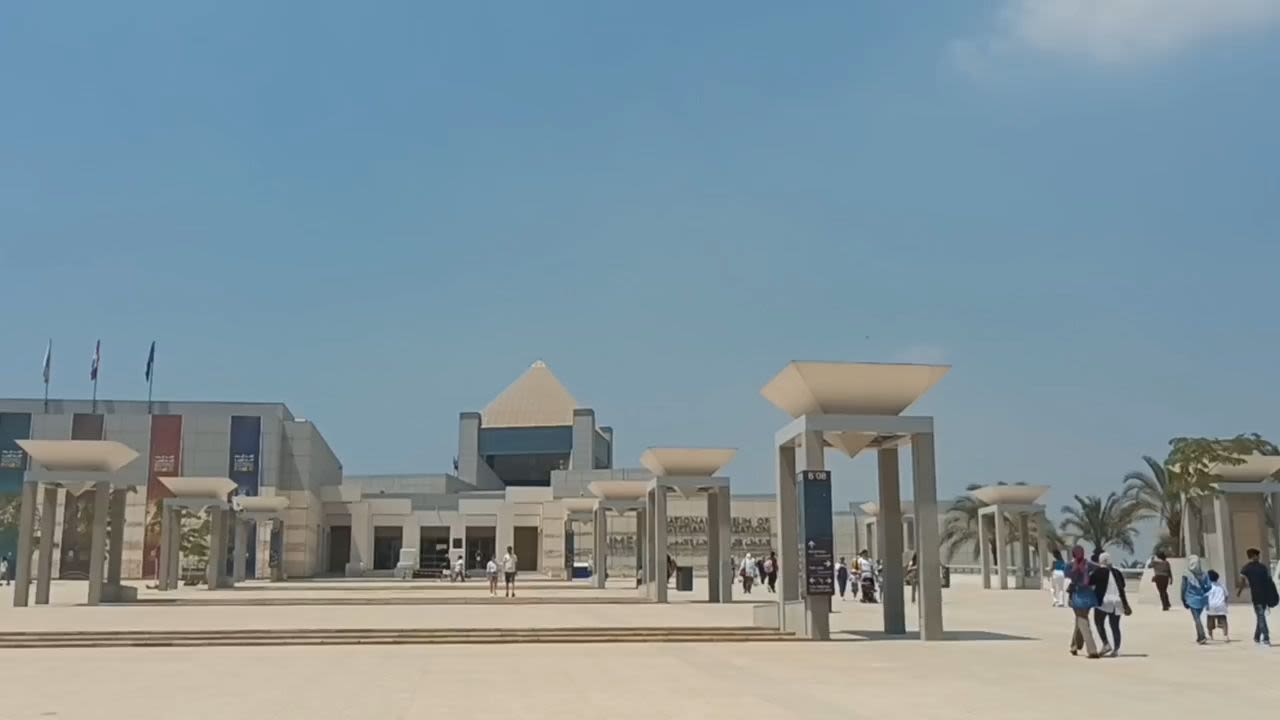
About
NMEC is the first museum in the Arab world focusing on the earliest civilization in history - the ancient Egyptian civilization. It is the only museum in Egypt that offers the visitor a general overview of all the different historical periods that encompass Egypt. This has been approached as a layered cumulative product regarding the interaction of the Egyptian people with their land throughout history. This has been created via a multidisciplinary thematic approach designed to highlight Egypt's tangible and intangible heritage.
In addition, NMEC is an important cultural, educational, recreational, and research center for local and international visitors and scholars.
HISTORY AND BACKGROUND
In the heart of the historic city of Fustat in the Old Cairo area of Cairo, meters away from the National Archives and the Complex of Religions, overlooking Ain Al-Sira Lake, one of the largest and largest antiquities museums in the world is located, with an area of more than 140,000 square meters, thus accommodating nearly 50,000 artifacts that tell the stages of development of Egyptian civilization, from the earliest times to the modern era. The National Museum of Egyptian Civilization, which dates back to the idea of establishing it to UNESCO, when it announced an international campaign to establish it in 1982, and is the first museum to be dedicated to the entire Egyptian civilization, where its artifacts will tell the stages of development of Egyptian civilization, and includes seven different exhibitions, the most important of which is the main permanent exhibition, which will display the most important achievements of Egyptian civilization, in addition to six other exhibitions dealing with topics: Civilization, the Nile, writing, state and society, culture, beliefs and ideas, as well as the exhibition of royal mummies .
The idea to establish NMEC has been a long partnership between UNESCO and the Egyptian government that started in 1982. In 1999, the joint efforts of the Egyptian Government resulted in finding a suitable site at Al-Fustat neighborhood for the birthplace of the NMEC project. This specific site was chosen instead of the previously selected one, currently known as “Opera”. NMEC’s foundation stone was laid in 2002, despite the archeological excavations that took place at the museum’s areas since the early 2000s. The joint efforts of UNESCO, the Egyptian Authorities, and the Ministry of Culture collectively aimed at establishing a musicological institution that reflects the various cultural aspects of Egypt’s rich history through adopting aesthetically and technologically advanced methods used at the 21st renowned museums. In 1982, UNESCO has launched at the request of the Egyptian government, a global campaign for the establishment of the Nubia Museum in Aswan and NMEC in Cairo. The existing design, by an Egyptian architect, was the winner of an international architectural competition.
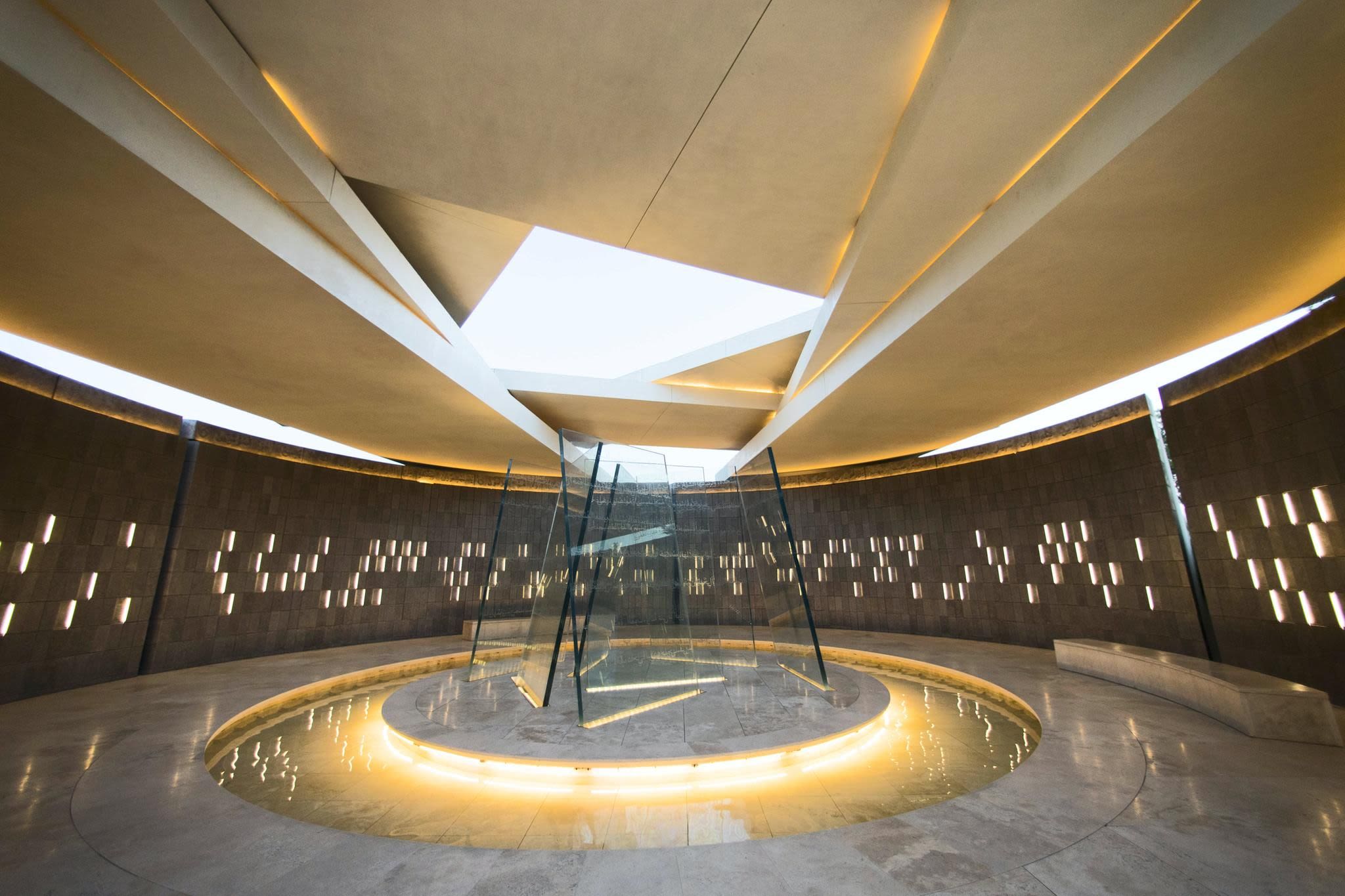
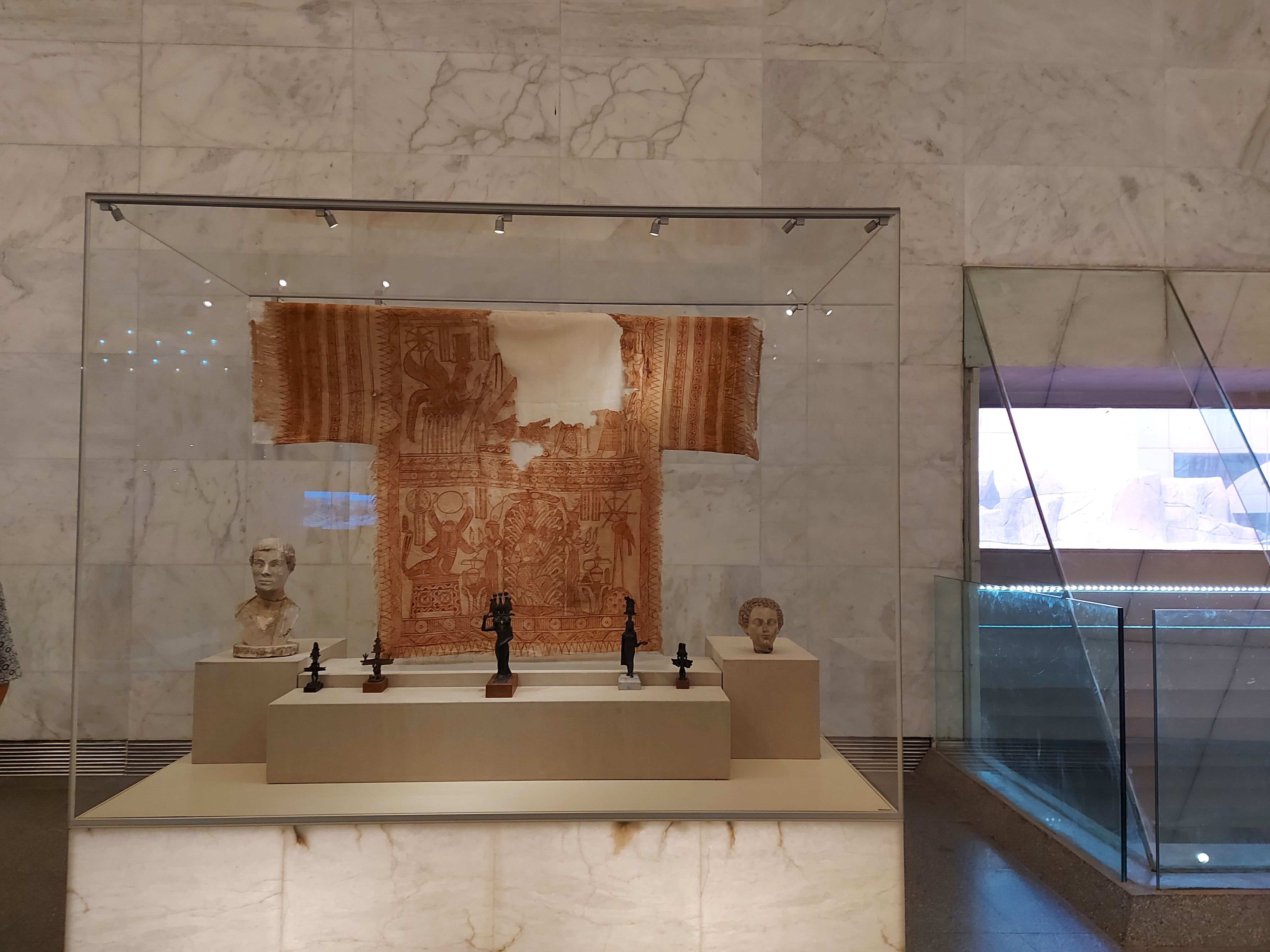
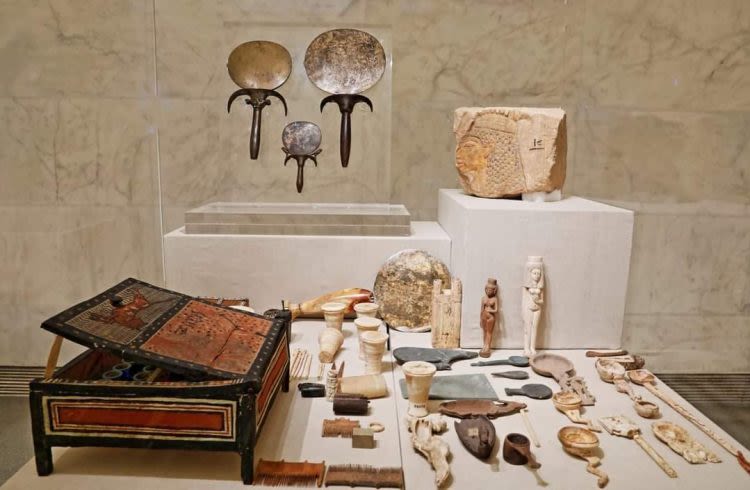
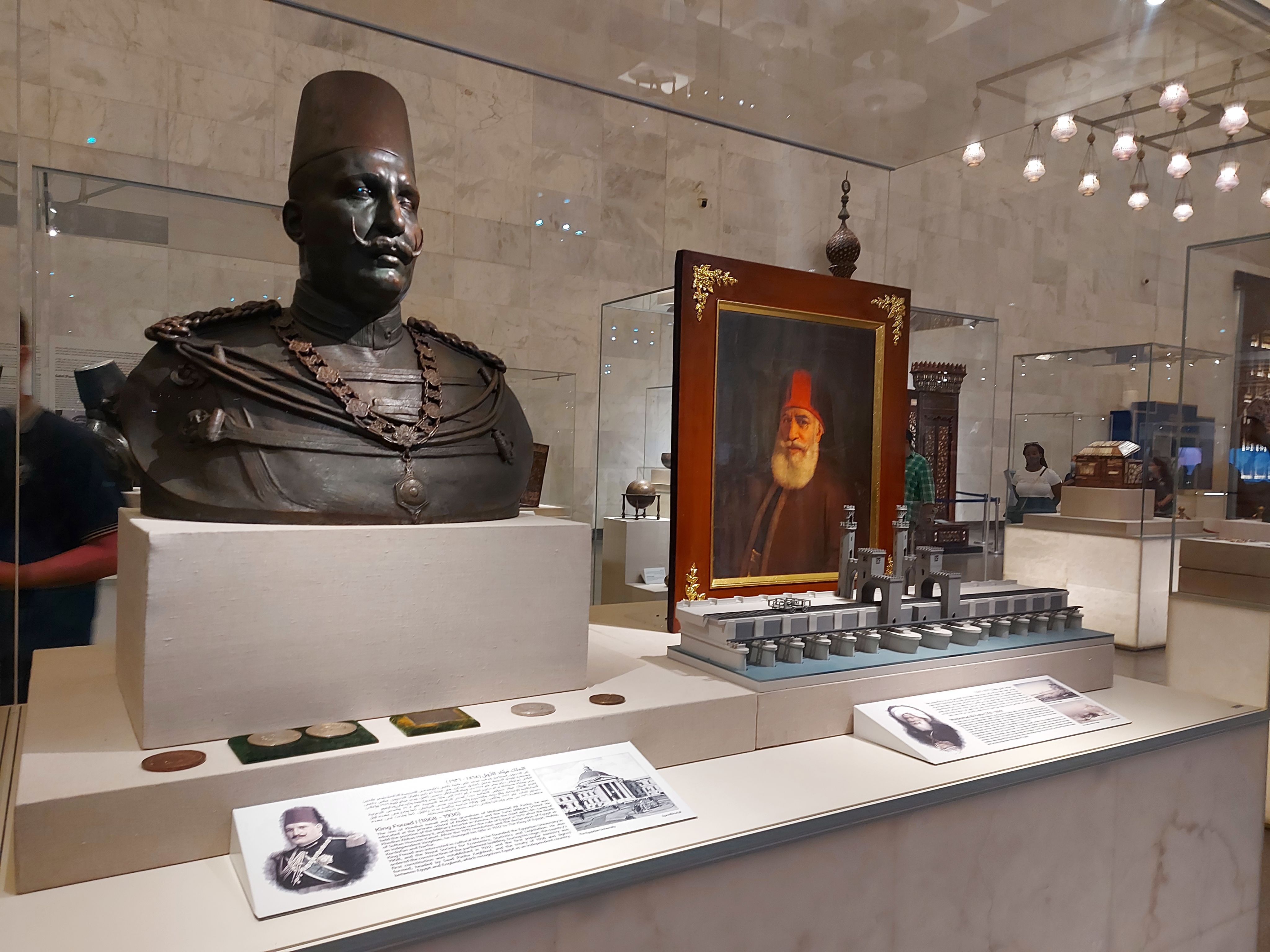
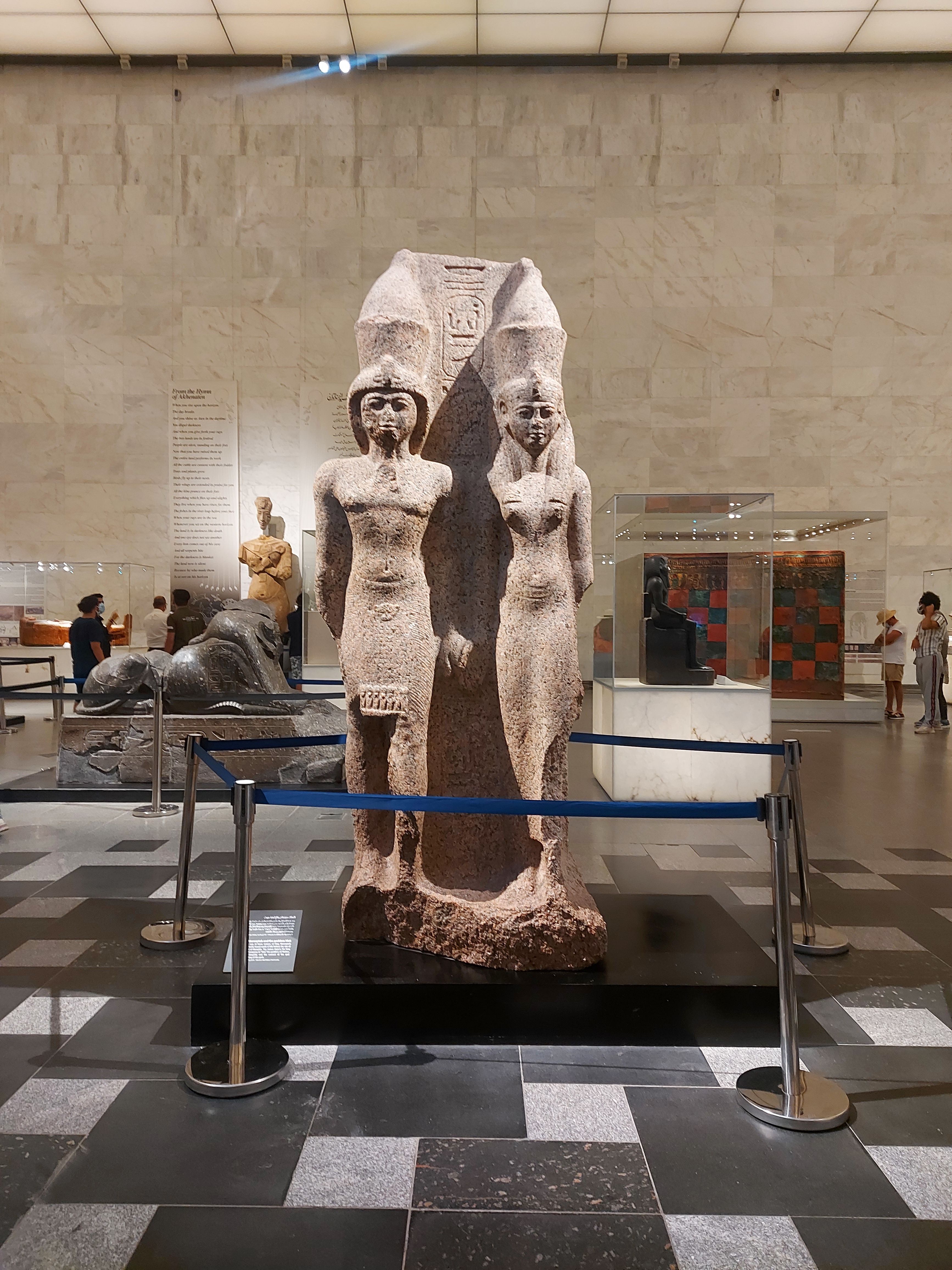

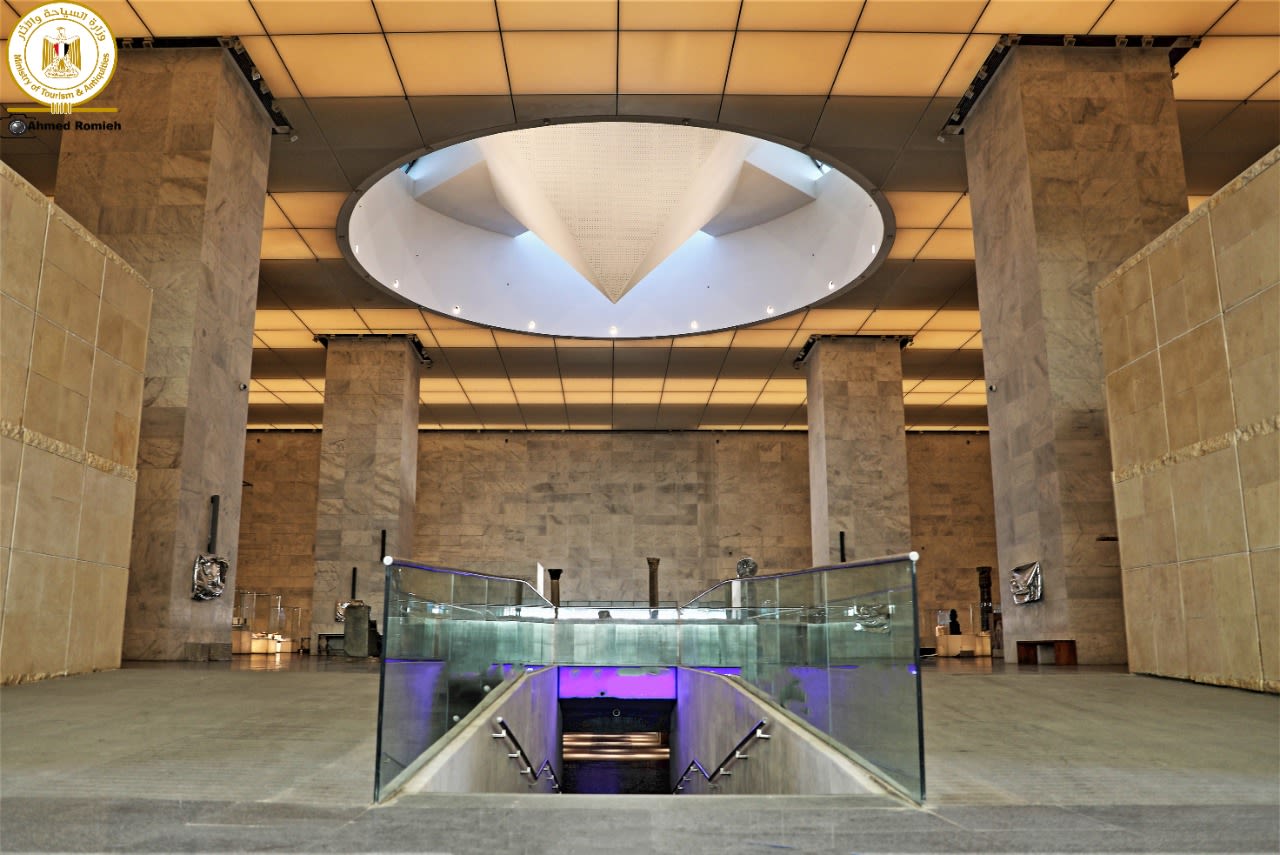
MISSION AND VISSION
First, a view from a museum
An integrated museum and comprehensive cultural lighthouse on Egyptian civilization from prehistoric times to the present, highlighting the interaction between the Egyptians and the land on which they lived throughout history and civilization, is the first of its type in Egypt and the Arab world. topics chosen to illustrate Egypt's material and spiritual legacy.
Second, Aims of the museum
•offering a unique perspective on Egyptian culture over the years.
• The Egyptian civilization's hub for international communication.
• Preserving and displaying priceless artefacts from human history for future generations.
•collaboration closely with local institutions
•as well as international.
•establishing innovative techniques for collaboration and communication.
•promoting a novel museum style that emphasizes cultural heritage
•Create schedules for regional and global exhibits.
•coordinating or arranging events like concerts and plays that showcase contemporary features of Egyptian culture.
• Offering amenities and services like parks by the lake, dining establishments, a center for handmade crafts, and retail stores.
•spreading information
•establishing a center for documenting of both the tangible and intangible aspects of Egyptian heritage.
•supplying a range of learning and research resources, including a library and learning centers.
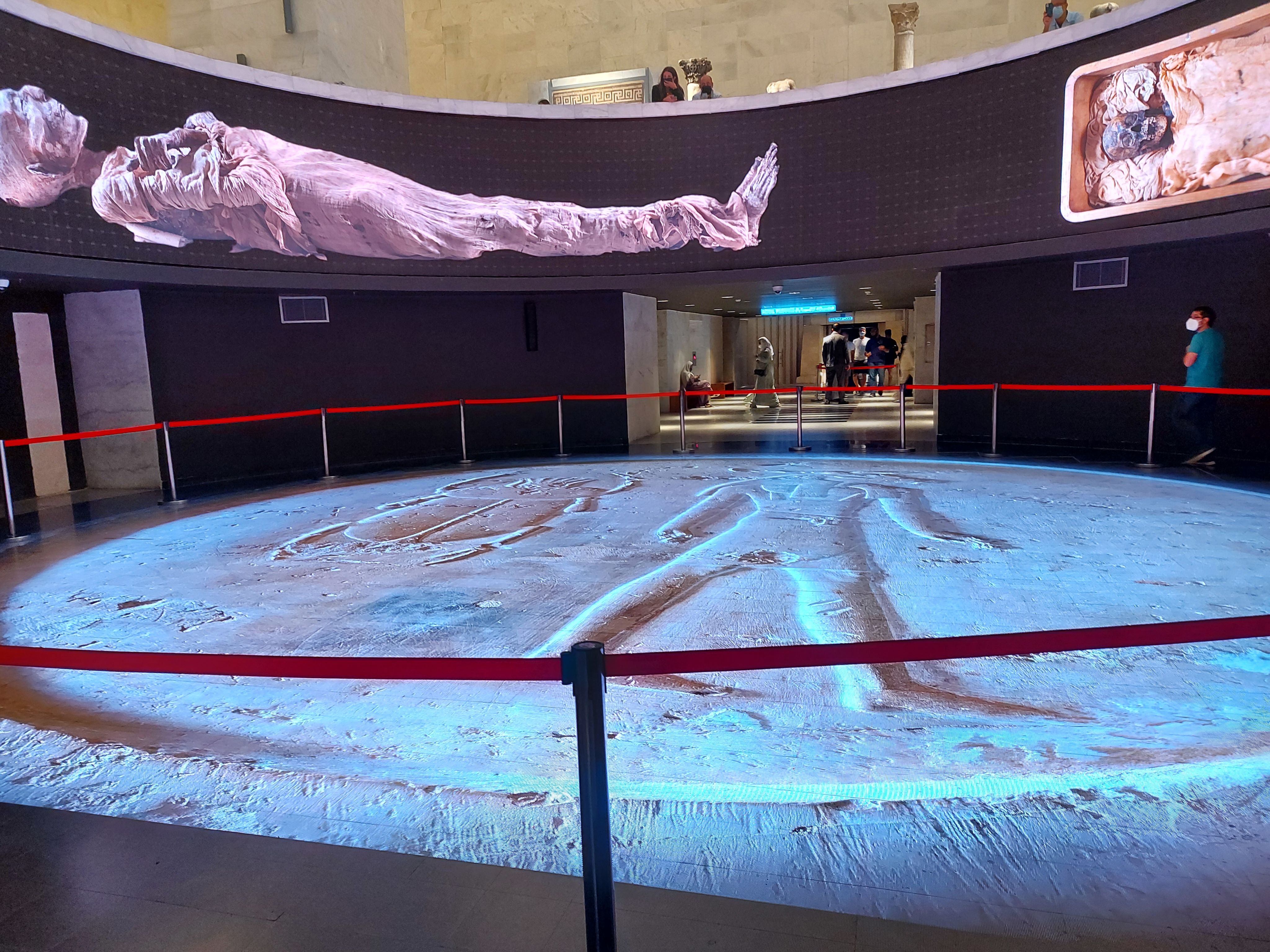
LOCATION
The National Museum of Egyptian Civilization was located in the heart of the historic city of Fustat in the area of ancient Egypt in Cairo, and choosing the city of Fustat to be the headquarters of the museum was well thought out, as its geographical surroundings includes traces of different civilizations. It is the best evidence of the tolerance of religions in Egypt, the cradle of civilizations The pharaohs took the place of a large city that the Babylonians made a place of stability when they descended in Egypt, then the Romans took it as the seat of their defense to reach the sea and tribal sides, and push every external aggressor to Egypt, then the Jews and Christians took it as the headquarters for their rituals as well. After the Islamic conquest, Amr bin Al- Aas took it as the capital and immigration house for Muslims. The location of the museum is characterized by its rare natural lake, Ain Al-Sira Lake, the only lake left in Cairo after the disappearance ,The Museum of Egyptian Civilization is one of the most important axes of the development of the archaeological area of "Fustat", which is the first Islamic capital of Egypt, so the "Ain Al-Sira" lake was developed, which has an area of more than 2 million square meters, and from inside the museum many archaeological buildings can be seen nearby, and on top of those buildings is the castle of Muhammad Ali Pasha, and the interior exhibitions of the museum were designed by the Japanese architect Arata Isozaki, while Dr. Al-Ghazali Qusayba, Professor of Architecture at the Faculty of Fine Arts, In Cairo, I have the right to architectural consultation.
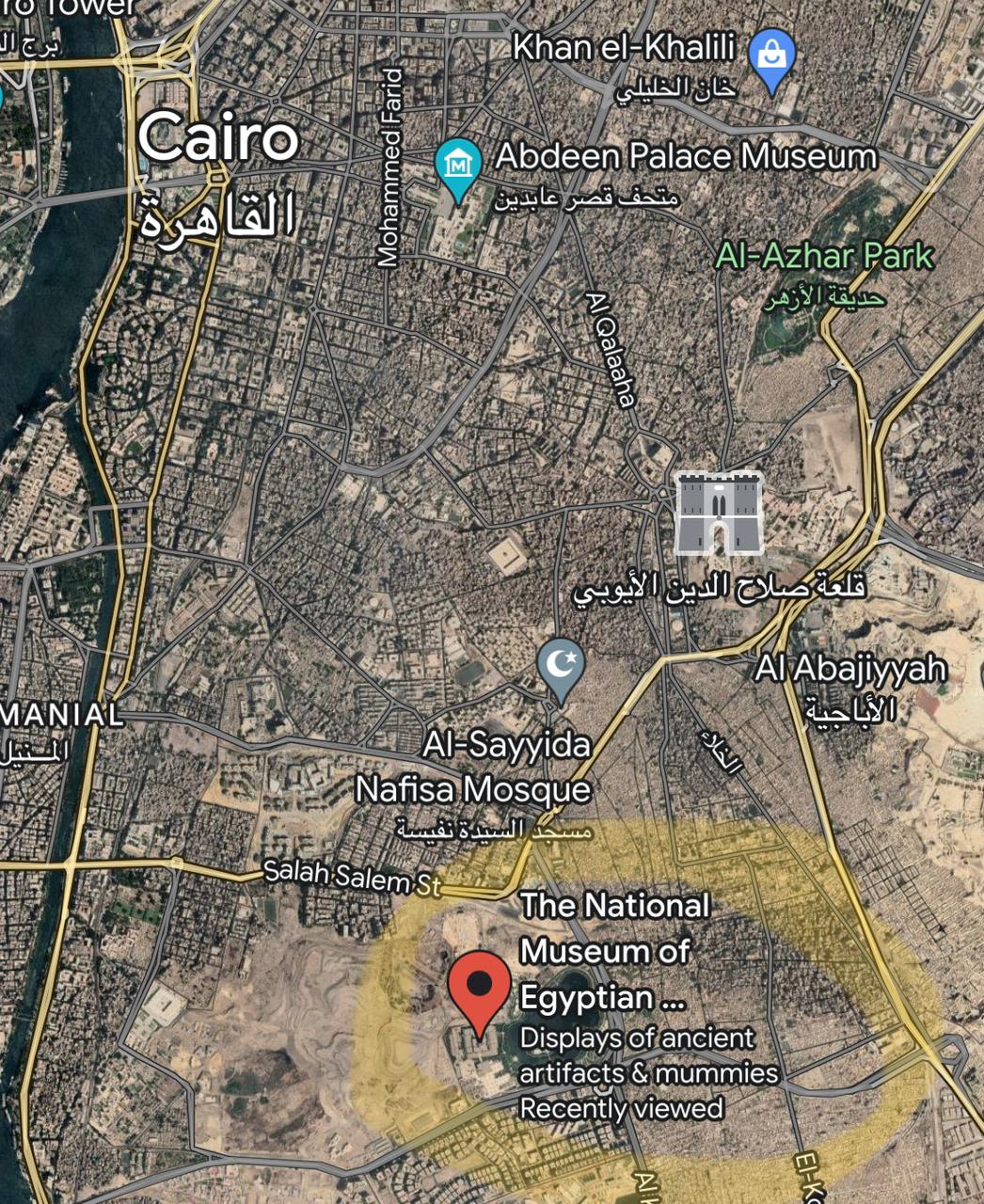
INCLUDINGS
The museum, which laid its foundation stone in 2002, is characterized by its luxury and breadth, that luxury felt by the visitor as soon as he sets foot on that long entrance surrounded on both sides by huge columns, which crosses it to the temporary exhibition hall, which displays many Egyptian industries throughout the ages, such as pottery, textiles, fashion, gold and silver ornaments, and these industries show the extent of the development of pottery and glass crafts in ancient, middle and modern Egypt, so there are many models inside the lobby of the Egyptian manufacturer, In the various professions in which he professionalized, next to him were some wooden tools and chairs on which he was sitting, in addition to many ceramic utensils, murals and doors, which confirm the ingenuity of the Egyptian manufacturer. Inside the lobby there is also one of the rarest Egyptian antiquities at all, which is the sarcophagus of the "priest Najm Ankh" returning from the "United States of America, after Egypt recovered it from among the recovered antiquities
Various artefacts in the museum help visitors understand Egypt's civilization through its various eras, from prehistoric times through the ancient Egyptian, Greek, Roman, Coptic, Islamic, modern, and contemporary eras. These eras range from ancient Egypt to the Greek, Roman, Coptic, Islamic, modern, and contemporary eras.
The artifacts in the museum
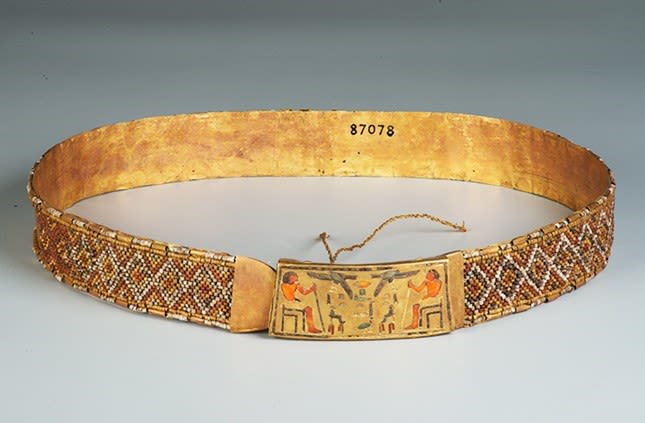
Prince Ptah Shepses' belt
Belt worn by Prince Ptah, fashioned of volcanic glass, carnelian, and gold.
History: The Sixth Dynasty of the Old Kingdom, roughly 2323-2150 BC.
Component: gold
Locating location: Saqqara
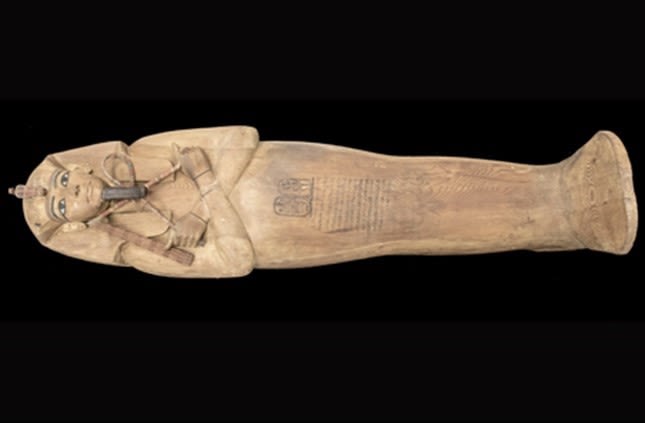
King Ramses II's sarcophagus
Component: Wood
Locating location: Deir el-Bahri cache in Thebes, 1881
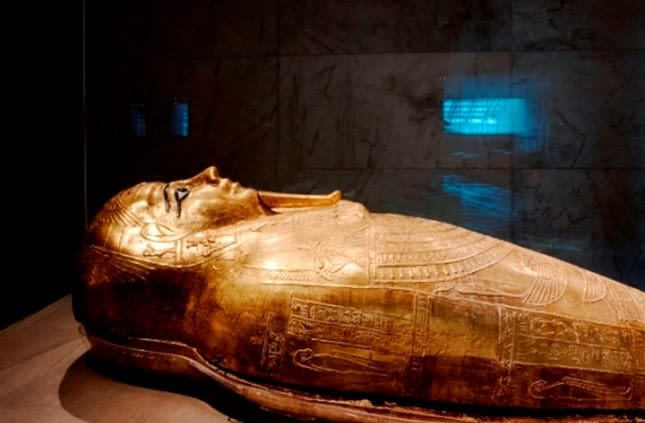
Negmenkh sarcophagus
The Nedem sarcophagus an ancient cardboard ankh from the Ptolemaic era that was recovered from the Metropolitan Museum.
Component: Cartonage, often known as gold foil.
Date: Ptolemaic era
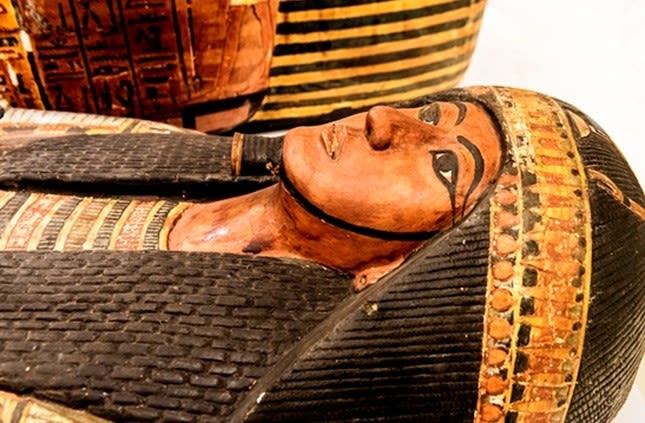
Sanjem's sarcophagus from his tomb in Deir el-Medina
History: The Nineteenth Dynasty of the New Kingdom
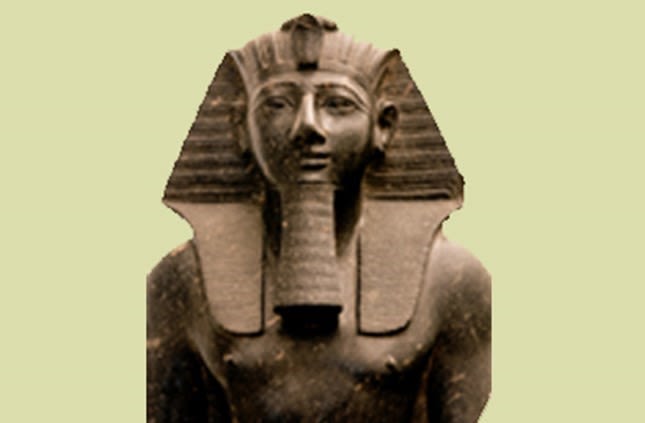
Granite statue of King Thutmose III
Material: Granite
Where to find: Karnak
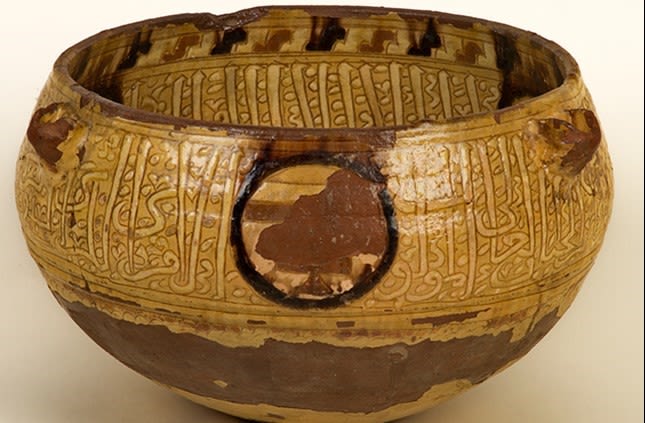
A painted pottery vase decorated with inscriptions
Date: Fatimid state, 358-567 AH / 969-1169 AD
Material: Pottery
Where to find: unknown
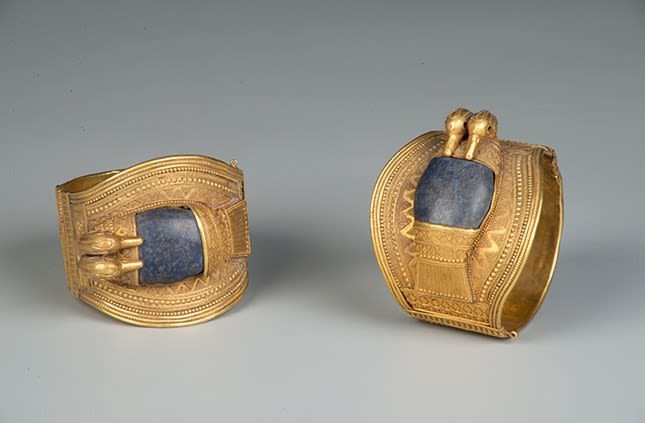
King Ramesses II's lapis lazuli and gold bracelets
Dynasty 18, or King Ramses II's reign, lasted roughly from 1279 to 1213 BC.
Material: lapis lazuli and gold.
Locating location: Tell Basta -east of the Delta.
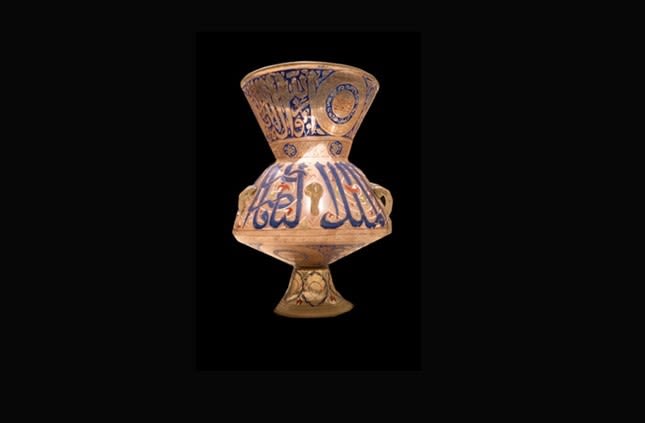
A niche in the name of Sultan Hassan
A glass lantern from the Sultan Hassan School bearing a golden Quranic inscription on its neck and a blue enamel inscription bearing Sultan Hassan's name on its body.
Date: Mamluk era
Material: Glass with camouflaged enamel.
Where to find: Egypt
The significance of the museum historically and the most notable objects on display are as follows:
1. The statue of the wet nurse and the birth plate from the New Kingdom era are two of the museum's most significant artefacts.
2. A wooden prosthetic component attached to a portion of the oldest mummy foot skeleton.
3. A statue of the god Nilus from the Greco-Roman era and statues of Thutmose III and Amenhotep III in seated positions.
4. From the castle were moved 50 Islamic-era niches, mashrabiyas, and some stucco windows with colored glass inlay.
5. A number of miniature statues and amulets made of blue faience, as well as a red granite statue of an Egyptian writer complete with writing implements, inks, and brushes.
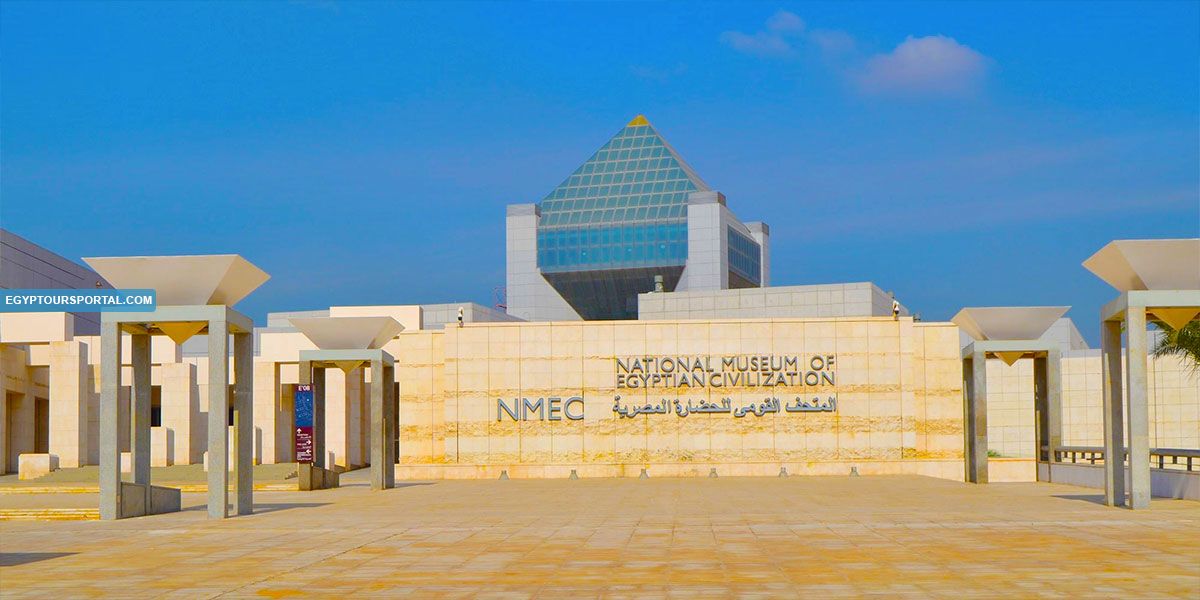
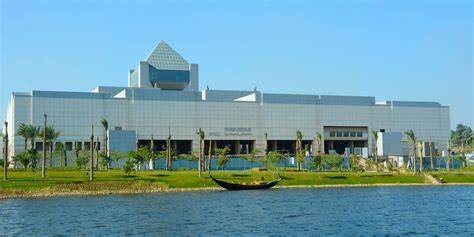

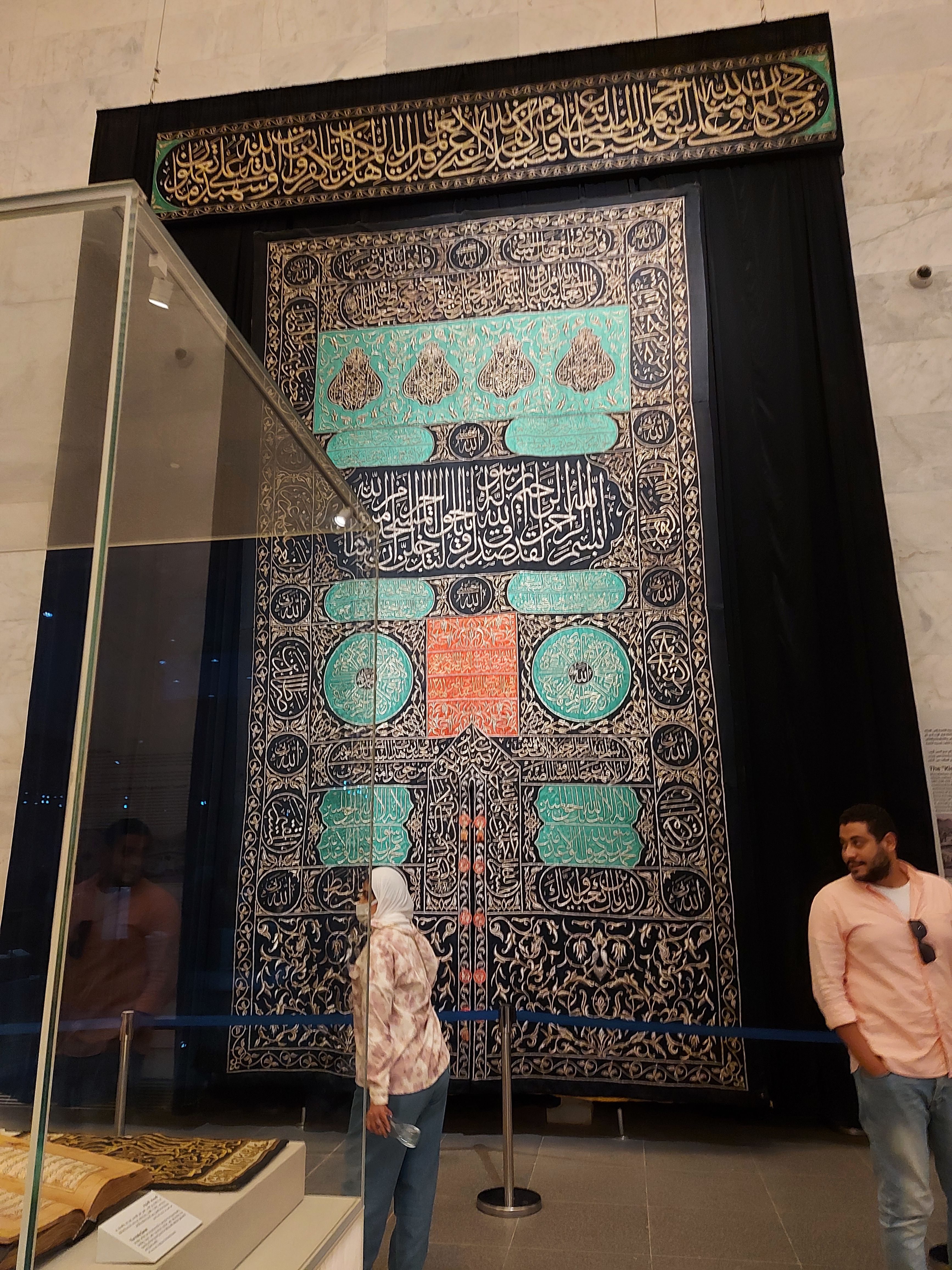
MUSEUM'S BIGGEST EVENT: MUMMIES PARADE
On April 3, 2021, Egypt hosted one of the most memorable parades in history — the Pharaohs’ Golden Parade. The event saw the relocation of ancient Egyptian royal mummies from the Egyptian Museum in Cairo’s downtown Tahrir, to the National Museum of Egyptian Civilization (NMEC) in Al Fustat. The parade included 22 mummies, 18 of which are kings and four are queens. All 22 date back to the 17th, 18th, 19th, and 20th dynasties. The mummies transferred include Pharaoh Ramses II, Pharaoh Ramses IX, Pharaoh Ramses VI, Pharaoh Ramses V, Pharaoh Seti I, Pharaoh Seqenenre, Pharaoh Thutmose III, Queen Hatshepsut, Queen Meritamen, and Queen Ahmose Nefertari. The mummies are showcased at the Royal Mummies Hall which is decorated to mimic the “Valley of the Kings” where their original tombs were placed and two sarcophagi belonging to the sarcophagus of "Sangem", the foreman of King "Seti I" and his wife, one of the high priests in the New Kingdom, who belongs to the 19th dynasty, have already been restored. The two sarcophagi are made of wood in the human form, with colorful decorations, and inside each of them, there is a mummy of the deceased in a good state of preservation. During the move, the mummies have been placed in special nitrogen-filled boxes to help protect them against external conditions. Accompanying the mummies were 60 motorcycles and 150 horses. The mummies were carried in solemn processions, most of these mummies were found on the west bank of the Nile at Luxor in southern Egypt in the late 19th century, moved to Cairo about a century ago, and have been housed in the Egyptian Museum in Tahrir Square, the center of Egypt for decades. was also stored. capital. Egyptian officials hope the new exhibition will help revitalize Egypt's main source of foreign exchange, the tourism sector.
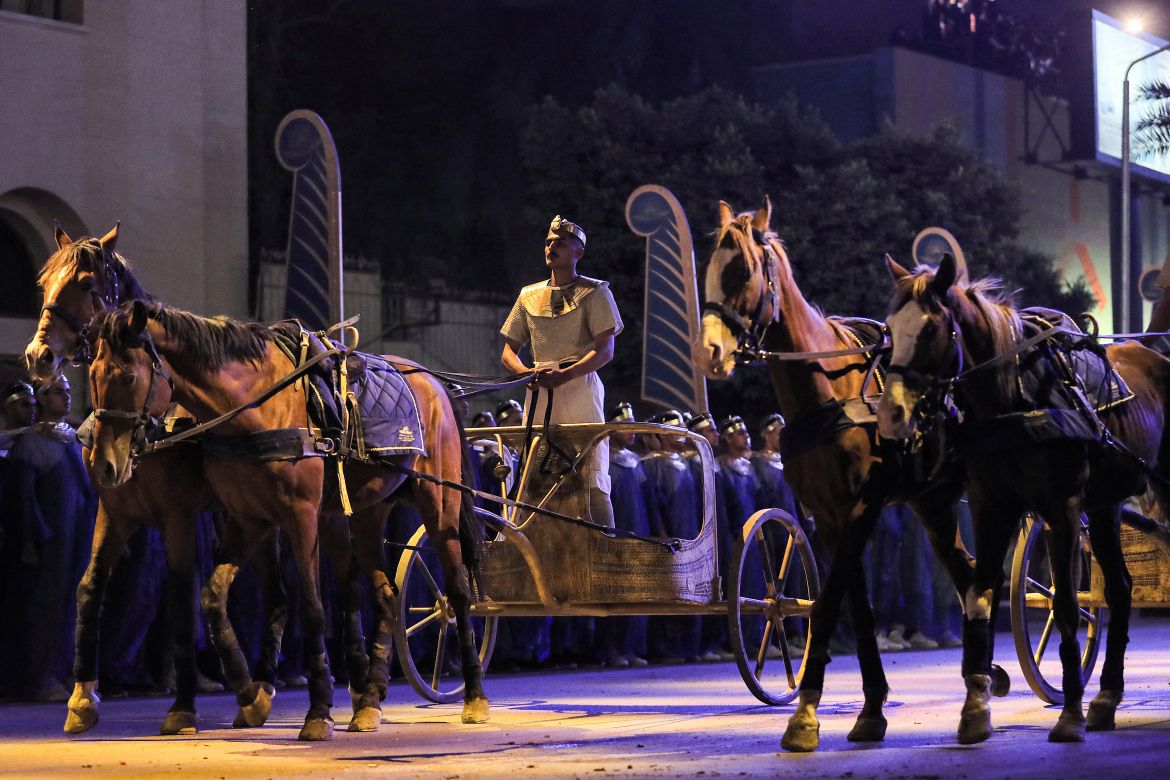
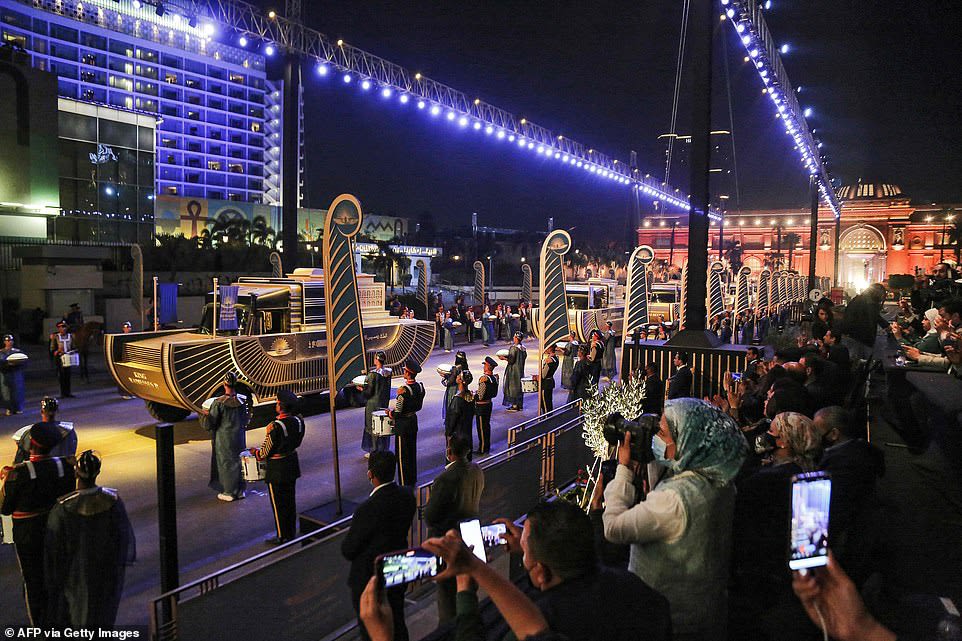
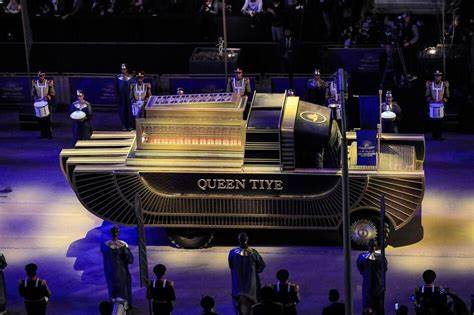

An interview with Sayed Abo Al Fadl supervisor of the arch aeological affairs of Al hadarra museum
"In the museum there is a treasure of Dush, one of the most important treasures that were discovered in the nineties" said by Sayed Abo-Al-Fadl
“It’s is not just a museum it’s a cultural hub” said by Sayed Abo-Al-Fadl.
Group members:
Alaa saber zaki(20060067) writing about golden pharaoh parade
Dina Mahmoud Sadeq (20061057)writing part about background story
Elina nassan attia (20060072) writing about the museum design and finance and writing about the mummies
Hana ahmed shalbi (200600961) writing of location and supervising and videos
Lidia Hossam zaki (20060619) Writing the following aspects:
1- The most important artifacts in the Museum of Civilization
2- The vision and Aims of the Museum of Civilization
malak ashraf refaie (20060741) transcript writing history part and background
Maryam omaia abdelati (20061090) Publishing and designing on shorthand
Salma kamal abdellatif (20060419) photos and interview
Sittinorou ali ibrahim (20061098) montage
Youssef khaled ali (20061023) writing part about background story

